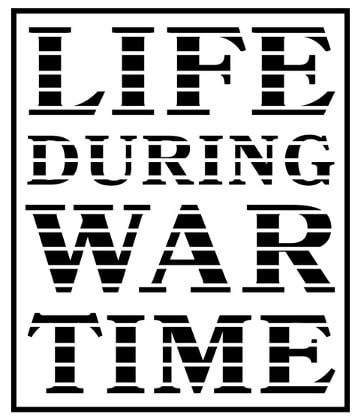Life During Wartime is the USF Contemporary Art Museum’s first major virtual exhibition. It humbly engages a select company of international artists to respond to the overwhelming realities of the crisis that has gripped the planet since March 5, the date the World Health Organization declared COVID-19 a global pandemic. The exhibition takes full advantage of one of the few outlets artists still have—the Internet—during a public health emergency recently exacerbated by the wanton murder of George Floyd by police officers in Minneapolis. It aims to mobilize sentiment, thought and activity around art and its enduring possibilities: its role as a conceptual catalyst, its ability to trigger ideas, stories, conversations, emotions, feelings and mental states. Separately and together, each artist contribution provides a picture of a planet in crisis, now further enraged and victimized by violence, but also images of hope and optimism in the face of a global emergency. The exhibition will continue to evolve with the addition of new artists and materials.
“I use history as a readymade,” Deborah Kass has declared. “I use the language of painting to talk about value and meaning. How has art history constructed power and meaning? How has it reflected the culture at large? How does art and the history of art describe power?”
Most discourses around power and meaning today are—or should be—undergoing serious reconsideration. Theories of knowledge have bent to the breaking point. The combined weight of political instability, alternative facts, a growing rejection of science and the destabilizing effects of the Covid-19 pandemic, as well as the growing use of state violence, have mined the confidence of people around the world but of Americans especially.
Enter Deborah Kass’s Feel Good Paintings For Feel Bad Times. A set of canvases that use language and the sanctioned stylings of celebrated male artists to express key cultural conflicts, they marshal wit and graphic punch to force a confrontation between the canonical (the orthodoxies established by male artists) and the disruptive (their appropriation by a female artist). The results are demystifying, cutting, and often hilarious. They are also hopeful. At times being funny is simply saying what’s true.
— CVF, USFCAM
